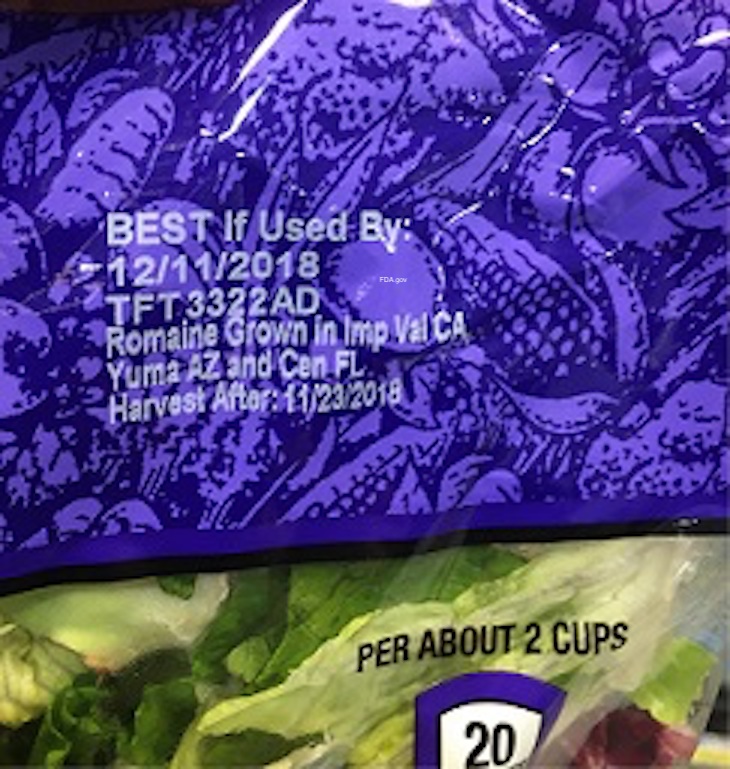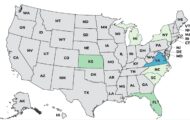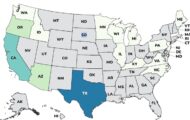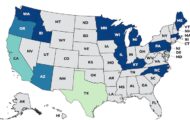The FDA has narrowed the scope of the E. coli O157:H7 romaine lettuce outbreak investigation. The outbreak has grown from the latest update in November 2018, with 52 people now sick.

The FDA states in their latest romaine lettuce outbreak update that “Traceback information from four restaurants in three different states so far has implicated 10 different distributors, 12 different growers, and 11 different farms as potential sources of the contaminated lettuce. The information indicates that the outbreak cannot be explained by a single farm, grower, harvester, or distributor.”
However, they have not named those distributors, growers, or farms.
The FDA’s Produce Safety Network is assisting with the investigation. This network includes personnel from the FDA’s Center for Food Safety and Applied Nutrition and Office of Regulatory Affairs. Staff from those networks along with investigators from the California Department of Public Healh and the Department of Food and Agriculture began conducting on-site investigations of farms and lettuce cooling facilities in California that were identified during traceback.
To date, no E. coli O157:H7 bacteria has been found in any of the lettuce, soil, or scat samples in that California growing area. Results of water testing are pending.
The traceback investigation in this romaine lettuce outbreak includes reviewing shipping records and invoices to find where the lettuce came from. The lettuce could have been contaminated anywhere in the supply chain.
In the last serious and deadly outbreak linked to romaine lettuce that ended earlier this year, investigators found the outbreak strain of E. coli O157:H7 bacteria in canal water that was near one of the growing fields in Yuma, Arizona.
Meanwhile, the FDA and CDC are still telling consumers to avoid all romaine lettuce and romaine lettuce products that are not clearly labeled as coming from an area outside the Central Coastal California growing region. Six counties in that area, Monterey, San Benito, San Luis Obispo, Santa Barbara, Santa Cruz and Ventura, have been named as being possible sources of the contaminated lettuce. Hydroponic and greenhouse grown romaine lettuce is not part of this warning.
The symptoms of an E. coli O157:H7 infection include painful and severe stomach and abdominal cramps, bloody or watery diarrhea, and a mild fever. Two people in this outbreak have developed hemolytic uremic syndrome (HUS), a serious and life-threatening complication of this type of infection. Symptoms of HUS include little urine output, lethargy, pale skin, and easy bruising. Anyone who is suffering from any of these symptoms needs to see a doctor immediately.




